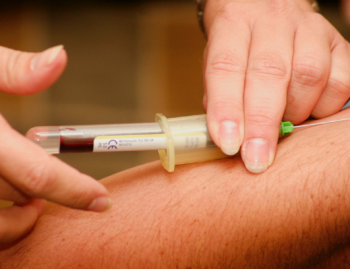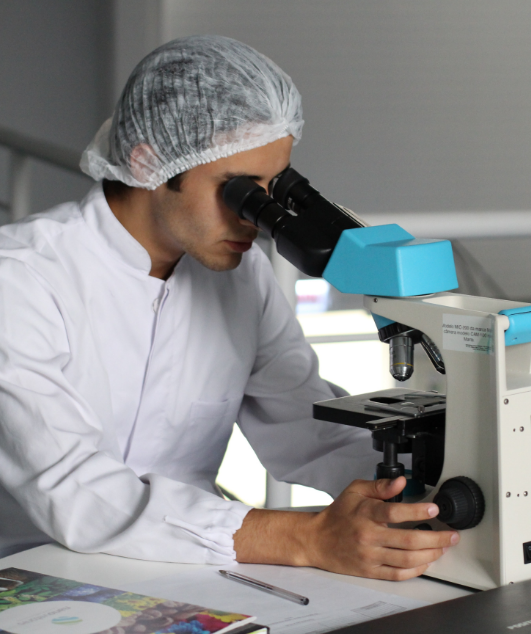The Galleri Test
A Blood Test For Detecting 50+ Cancers.
Cancer Screening
Collectively, cancer is the second leading cause of death in the U.S. It is vital that we catch, diagnose and treat cancer as early as possible. While there are standard screening tests for a handful of common cancers, most cancers, including rare cancers, don’t have any tests that allow for early detection. Now, with the Galleri test, there’s an opportunity to catch more than 50 kinds of cancer in one simple blood test
What tests are done to check for cancer?
Currently, there are five cancers that are recommended for screening regularly in the U.S.:
- Pap Smear
- Mammogram
- Colonoscopies
- Low-Dose Ct Scans
- Prostate-Specific Antigen (Psa) Test

These screenings test for a specific kind of cancer and are done on a semi-regular basis. However, there isn’t currently a way to screen for more lethal cancers like pancreatic or ovarian cancer. These cancers aren’t usually caught until you start showing symptoms, and by then, the cancer has usually developed into stage III or stage IV and may have spread to other parts of your body.
The Galleri test has the potential to find these more lethal cancers at an earlier stage and before symptoms even appear.
What cancers are detected by Galleri?
Galleri can detect more than 50 types of cancer, including:
- Anal Cancer
- Breast Cancer
- Cervical Cancer
- Esophageal Cancer
- Kidney Cancer
- Leukemia.
- Liver Cancer
- Mesothelioma
- Oral Cancer
- Pancreatic Cancer
- Stomach Cancer
- Uterine Cancer.
The Galleri test can detect these cancers because of the DNA it sheds into your bloodstream. The test does not detect cancers that do not shed DNA into the bloodstream, such as brain cancers.
The Galleri test is an efficient way to detect cancer. Instead of searching for one type of cancer, this test screens an individual for multiple cancers with a single blood draw. Next-Generation DNA Sequencing and machine learning are utilized, allowing a single blood sample and looking at various patterns in that DNA code to determine two things: if a cancer signal is present, and from where the cancer likely started. If you take the Galleri test, you can have two possible results:
- No cancer signal detected means there’s no cancer DNA detected in your bloodstream.
- A cancer signal detected suggests you may have cancer.
If a cancer signal is detected, the Galleri test is able to identify where the cancer is likely coming from with about 90% accuracy. If this happens, we would then investigate (with a blood test, CT scan or ultrasound) to verify the result. Then, you can determine what treatment is best. The objective is to catch the cancer as early as possible.

How accurate is the Galleri blood test?
Traditional screening tests have a false-positive rate of 10% to 40%. Galleri has a 0.5% false-positive rate, which means it’s highly accurate. The Galleri test is also 89% effective in predicting where the cancer started. The Galleri test is meant to be in addition to traditional screenings, which means you should continue to get traditional screening for cancer as recommended.
Is the Galleri blood test FDA approved?
Currently, the Galleri test is not U.S. Food and Drug Administration (FDA) approved. For now, if you’re over the age of 50 and have a family history of cancer, are at higher risk for cancer or you’re immunocompromised, the test is highly recommended.


